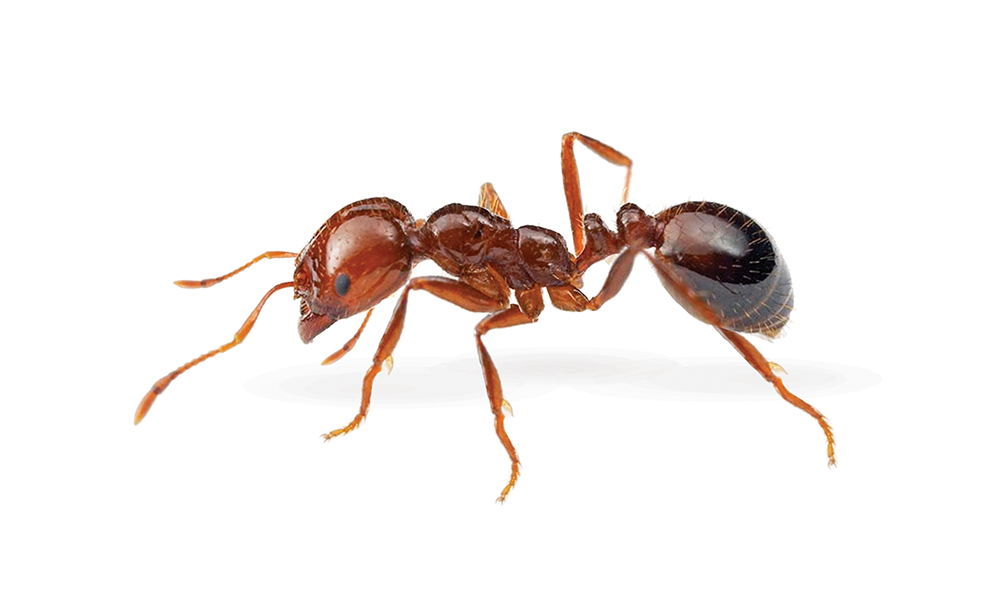Golf Course Fire Ant Control
Protect Your Golf Course with Extinguish® Plus
A golfer getting bit by fire ants is the very last thing a commercial golf course needs, not to mention the danger for golf course employees. In consideration of golf course fire ant control, Texas A&M AgriLife Extension reports that stings from fire ants can pose a serious medical threat to visitors. In short, fire ants are a costly liability for golf course managers, owners, and operators.
Central Life Sciences has the solution to protect your bottom line and your golf course investment with economical, effective, fire ant control.
Extinguish® Plus fire ant bait
- Designed to offer both short-term and long-term relief from fire ants endangering employees, patrons, and gold course equipment
- Combines the killing power of an adulticide, Hydramethylnon, and the long-lasting control of an insect growth regulator (IGR), (S)-methoprene
- Colony reduction begins in about 1 week and colony elimination may be seen within 2 weeks
- Broadcast – 1.5 pounds of product per acre
- For spot treating mounds on a golf course, 1.5 lb. and 4.5 lb. available sizes are ideal
Extinguish® Plus is formulated for dry conditions and should not be applied within 6 hours of a rain event. Fire ants will not be attracted to wet bait. Take care to apply product when golf courses are dry from dew or irrigation.
Learn more about the fire ants that Extinguish® Plus fire ant bait will keep off your golf course:

Red Imported Fire Ants
Both imported and native red fire ants damage costly agriculture equipment with their tall, hardened mounds. They adversely impact golf courses and put employees and guests at risk with their painful, sometimes fatal stings.

Southern California Fire Ants
Mostly found in Southern California, this fire ant is typically smaller than the red imported fire ant, but is also capable of extensive damage and painful stings. Particularly sensitive to footsteps, the Southern fire ant colony is poised to attack given any disturbance to their mound.

Harvester Ants
With underground nests and small mounds, harvester ants feed on seeds and are also capable of painful stings that can be fatal to small animals. They pose a threat to both wildlife and people when their colonies are disturbed.

Big-Headed Ants
Big-headed ants nest in soil, typically underneath debris and equipment left on the ground. As indicated by the name, they are identifiable by their big heads, and they feed on seeds and honeydew.

Argentine Ants
Argentine ants have a small stature, and build shallow nests underground. What makes them particularly troublesome is that one colony can have multiple queens, which makes them poised for rapid growth.


